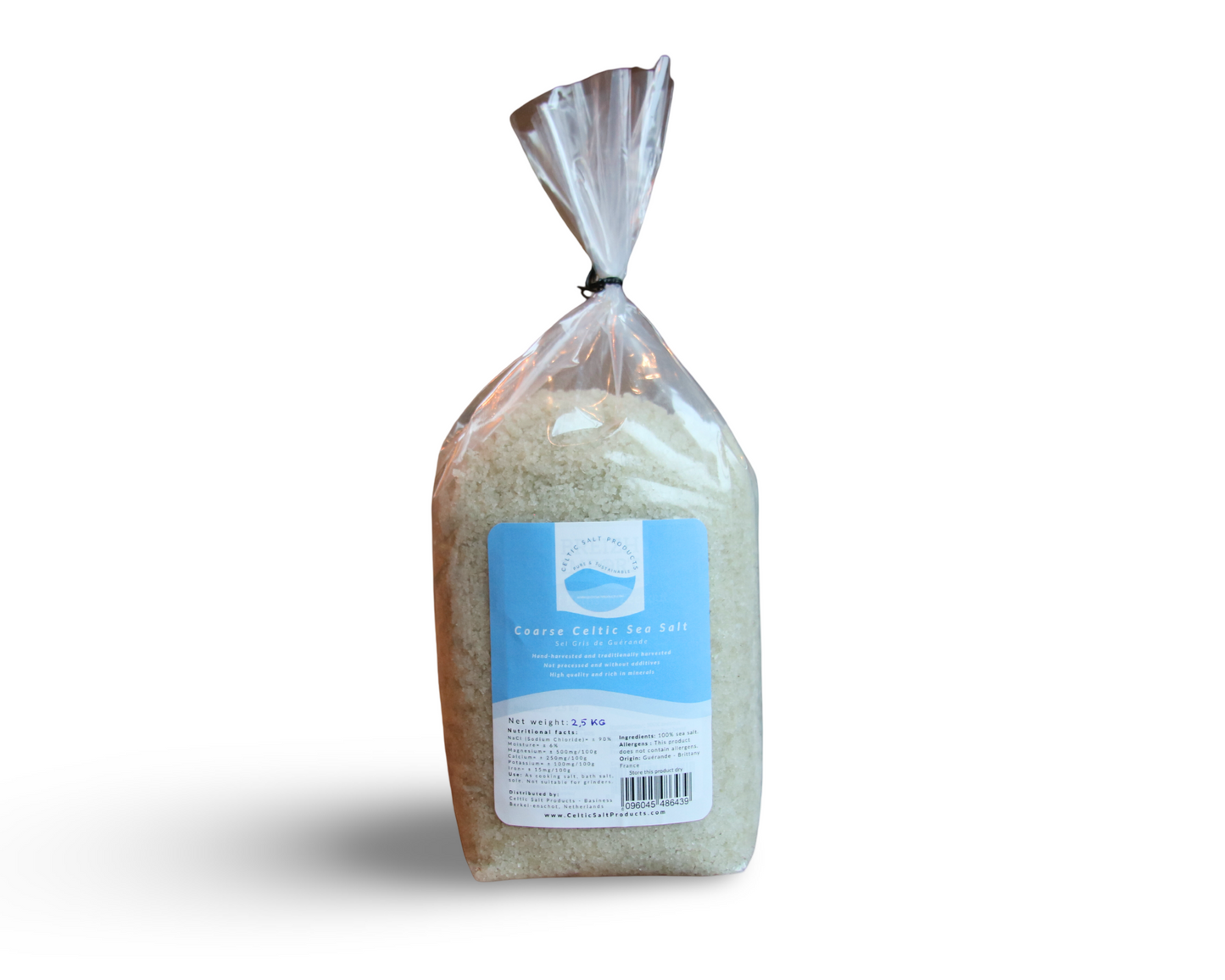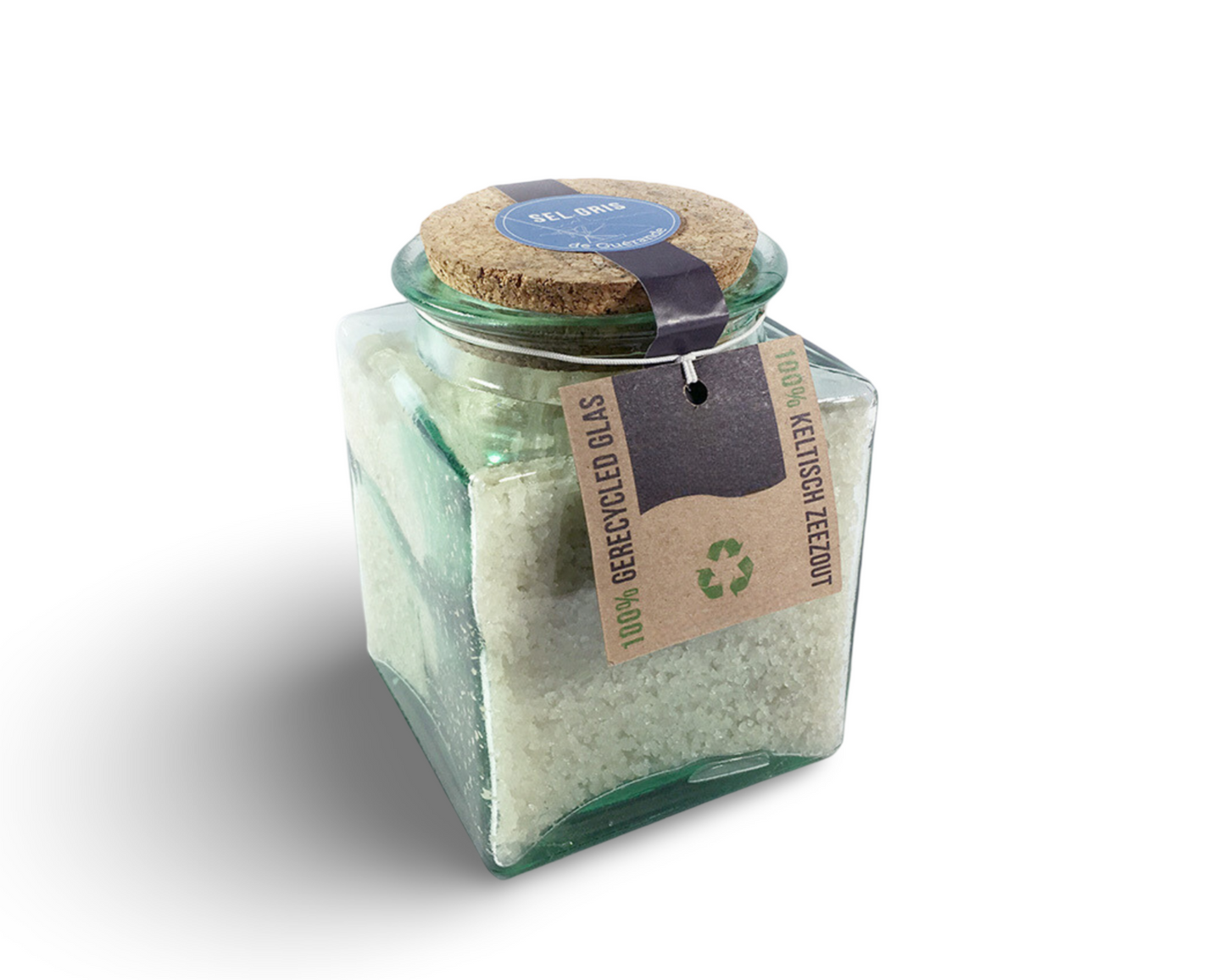Celtic sea salt, a revered seasoning among chefs and health enthusiasts, is known for its distinctive grey color. This unique characteristic often leads to curiosity and intrigue. Why is Celtic sea salt grey, and what does this tell us about its quality and origin? Let's explore the factors that contribute to this natural wonder.
The Origin of Celtic Sea Salt
Celtic sea salt is harvested from the coastal regions of Brittany, France. This area is renowned for its pristine, unpolluted waters, which are essential for producing high-quality sea salt. The traditional methods of harvesting used in these regions also play a significant role in the color and quality of the salt.
The Grey Color Explained
The grey hue of Celtic sea salt is primarily due to the clay found in the salt flats where it is harvested. These salt flats are lined with natural clay, which is rich in minerals and trace elements. As the sea water evaporates, the salt crystals interact with the clay, absorbing the minerals and acquiring their grey color.
The Role of Minerals
Celtic sea salt contains a variety of minerals, including magnesium, calcium, potassium, manganese, zinc, and iron. These minerals not only contribute to the salt's grey color but also to its health benefits, making it a preferred choice for those seeking a mineral-rich diet.
Traditional Harvesting Methods
The traditional methods of harvesting Celtic sea salt are also crucial to its color. Salt workers, known as paludiers, manually collect the salt using wooden tools, a practice that helps preserve its natural state and color. This artisanal approach ensures minimal processing and no chemical additives, maintaining the salt's natural qualities.
Environmental Factors
The environment where Celtic sea salt is harvested plays a significant role in its color. The interaction of the ocean's clean waters with the mineral-rich clay and the local ecosystem results in a salt that is a true product of its environment.
The Significance of the Grey Color
The grey color of Celtic sea salt is not just a visual trait; it symbolizes the salt's connection to the earth and the ocean. It represents a harmony between nature and traditional harvesting methods, resulting in a product that is pure, natural, and rich in minerals.
Conclusion
Celtic sea salt's grey hue is a testament to its natural origin, traditional harvesting methods, and rich mineral content. It's a reminder of the beauty and benefits that come from products that are in harmony with nature. This salt is not just a seasoning; it's a connection to the earth and the sea, offering a piece of the natural world in every grain.















